Galleries bring out their best artists for Art Basel Hong Kong
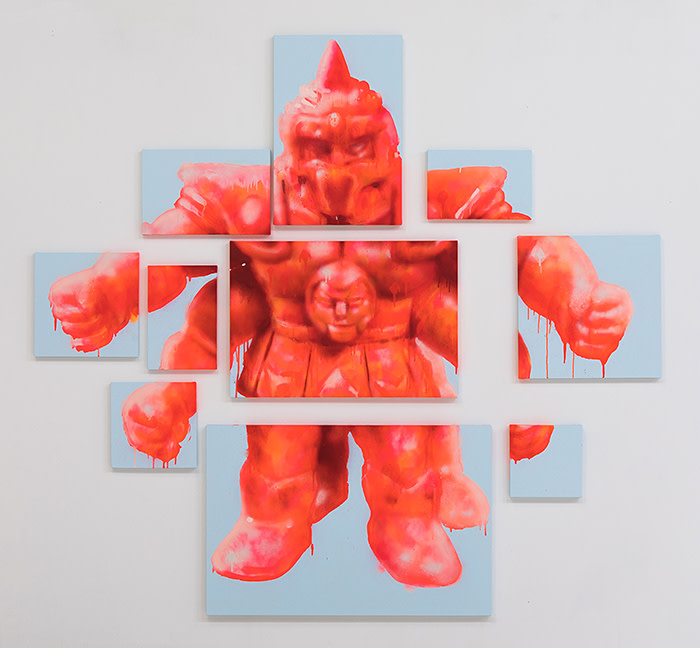
Simply sign up to the Life & Arts myFT Digest -- delivered directly to your inbox.
What is that low rumbling noise? It’s getting louder. A Pacific thunderstorm, perhaps? No, it’s the sound of big guns being wheeled out, ready for Hong Kong’s art extravaganza.
Art Basel Hong Kong (ABHK) has been, since its reincarnation five years ago, a heavyweight fair, now fielding some 248 dealers across many sections — and its remarkable success is widely credited with a sharp rise in interest in art across the region and beyond. The city’s gallery scene has also burgeoned in only a few years. Now this rapid growth of Asia’s focus on art, linked to a favourable economy and an apparently unshakeable belief in art as a good investment, has led up to a tipping point, culminating with the recent opening of H Queen’s, a building whose purpose-built 24 storeys house several international mega-galleries, all with their eyes on the prize.
The prize being, of course, the increasing number of Asian collectors with pockets deep enough to afford blue-chip contemporary art. The recent Art Basel/UBS Art Market report, compiled annually by Dr Clare McAndrew and her team at Arts Economics, provides the cool evidence: 2017’s rise in art market figures across the board (following two years of decline in 2015 and 2016) is heavily weighted towards a tiny percentage of sales at the very top of the market, with the largest rises being seen in works priced above $10m. At the same time, the so-called middle market is having an increasingly difficult time, and the art world as a whole sees widening gaps between the best and the rest.
But why Hong Kong? The report also provides the relevant facts: the number of billionaires in Asia now outstrips the US count, and within a few years their combined wealth will also outrun the American total. What’s more, their average age is considerably lower than that of their western counterparts: surely an advantage for those with an eye on the future. The Asian predilection for creating private museums also means there is white wall space galore for those with high-wattage purchasing power.
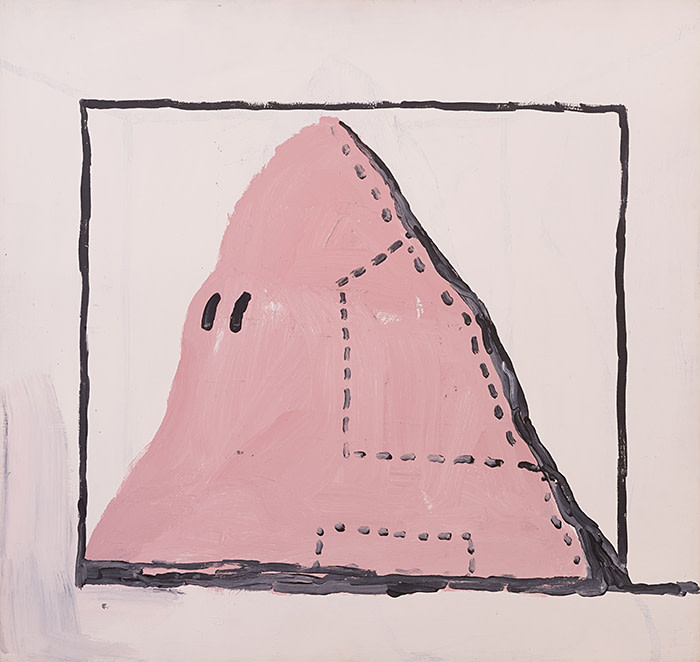
This handy collision of circumstances means that 2018 is a year of vividly heightened competition in the city, one of Asia’s undisputed art capitals, with international giants going head-to-head on the art front. “Just imagine,” one art worlder quipped recently, “Iwan and David under the same roof!” He was referring to the owners of Hauser & Wirth and David Zwirner gallery respectively, both of whom have taken lavish spaces in H Queen’s, along with Pace and other important galleries.
All are, understandably, bringing out their very best for the opening of ABHK, often showcasing western artists to eager Asian buyers. Hauser launches this week with a solo show of art market darling Mark Bradford, Zwirner with Wolfgang Tillmans, White Cube with Antony Gormley, Pace with Yoshitomo Nara, Timothy Taylor with Sean Scully at Hong Kong Arts Centre.
At the fair, too, booths are boasting multimillion-dollar works. Gagosian, whose Pedder Building gallery has been established in the city since 2011, and recently hosted a Damien Hirst show there, has a star-studded roster at the fair, including one of China’s top artists, Zeng Fanzhi. Lehmann Maupin brings Gilbert & George’s “Beard Junction”; Lévy Gorvy has a stellar de Kooning; the Goodman Gallery brings El Anatsui — and so the list of treasures reads on.
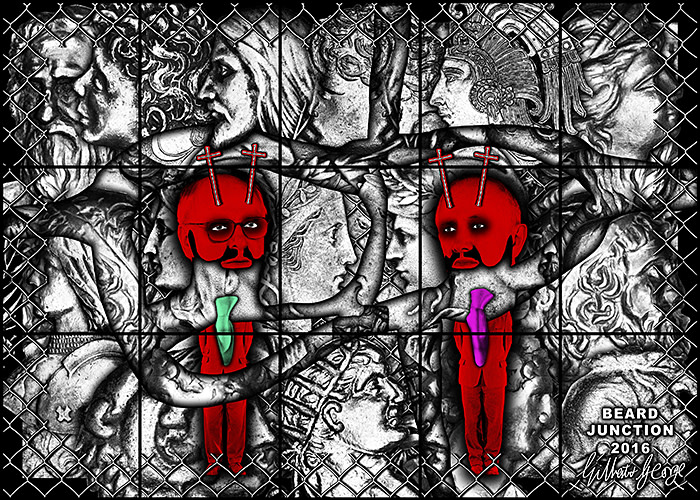
Artists are appearing the flesh, too. It is supposed to have been the great American artist John Baldessari who said that for an artist, attending art fairs was like seeing your parents making love: you know it’s essential to your existence but it doesn’t mean you want to see it. Many of today’s artists, however, seem to survive the experience, and stands at this year’s ABHK host artists from Jeff Koons to Tracey Emin. Presumably this is another powerful lure for would-be buyers.
Beyond the commercial realm, Hong Kong is slowly but surely increasing its commitment to public art. The West Kowloon Cultural District, with its flagship M+ museum, seems to have been an awfully long time in the making but edges nearer completion: this year it hosts a multidisciplinary show by Hong Kong’s foremost artist Samson Young, his Songs for Disaster Relief World Tour that was created for the Venice Biennale.
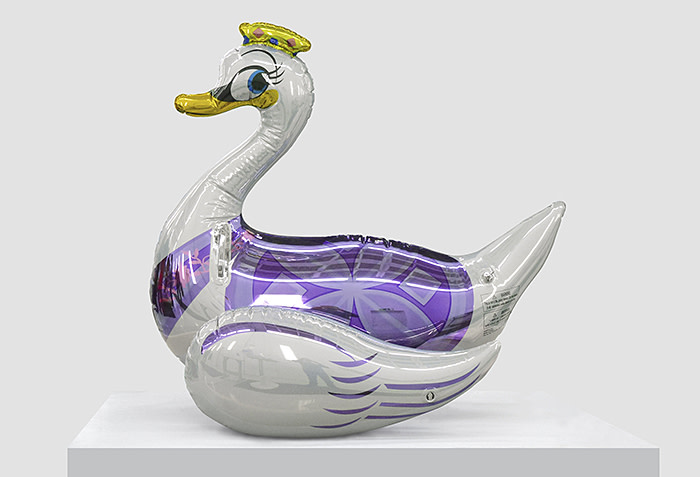
Meanwhile Hong Kong’s newly opened Harbour Arts Sculpture Park is the city’s first free public art walk, with 18 world-class pieces on view night and day. Those big guns are not only within the galleries.
Harbour Arts Sculpture Park
Hong Kong’s first open-air sculpture walk winds along the Central and Wan Chai harbourfront, where the 18 sculptural works are created by big-name artists including Yayoi Kusama, Mark Wallinger and Tracey Emin (with a new bronze work, 2017’s ‘A Moment Without You’), as well as Chinese artists including Zheng Guogu and Zhan Wang. Homegrown Hong Kong talents include Matthew Tsang Man Fu and Morgan Wong among the other local and international sculptors.
Free and open to the public 24 hours a day, set against the dramatic backdrop of skyscrapers and water, Harbour Arts Sculpture Park is a significant first for the city.
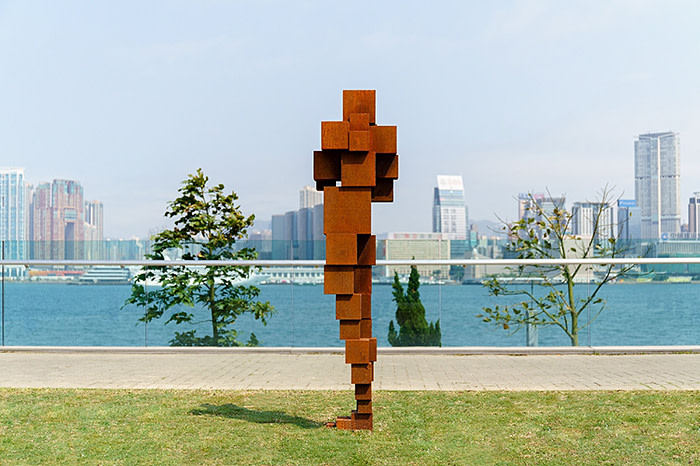
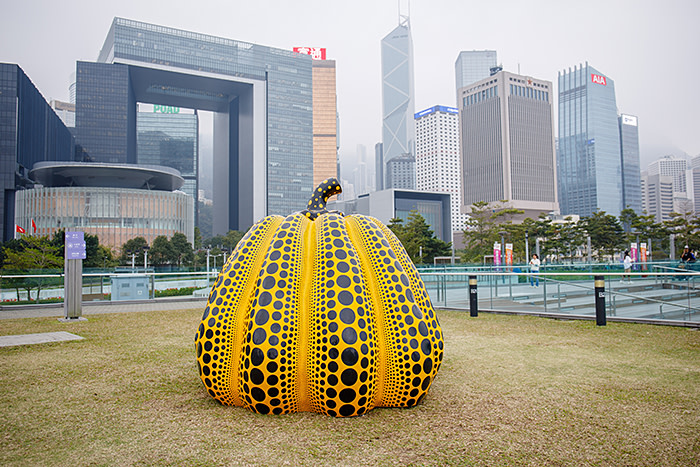
The Art Basel/UBS Art Market report is free to download at artbasel.com
Follow @FTLifeArts on Twitter to find out about our latest stories first. Subscribe to FT Life on YouTube for the latest FT Weekend videos
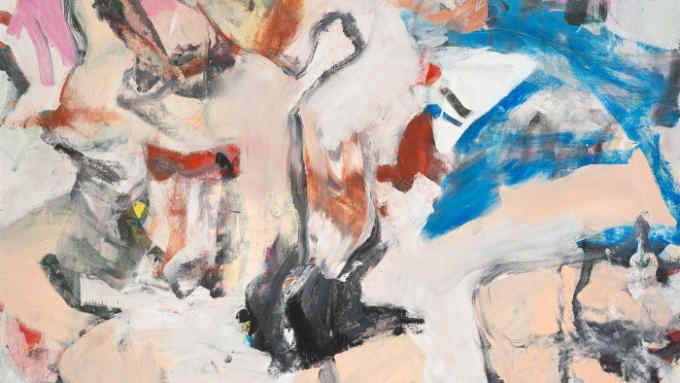
Comments